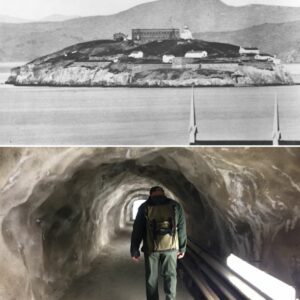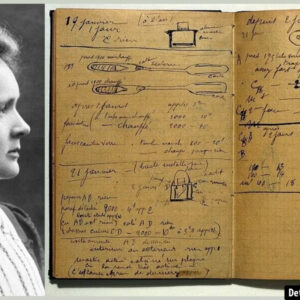At the dawn of the 20th century, the Russian Empire was a vast, diverse, and rapidly transforming entity. It was a land of contradictions: from medieval traditions to the emergence of industrialization, from monarchic rule to the revolutionary winds of change. Sergei Mikhailovich Prokudin-Gorsky, a Russian photographer, sought to document this complex tapestry using a groundbreaking technology — color photography. Supported by Tsar Nicholas II, Prokudin-Gorsky traveled across the empire between 1905 and 1915, capturing images that would reveal the empire’s culture, landscapes, and people in vivid color. His work not only preserved a crucial historical moment but also showcased the beauty and diversity of the Russian Empire on the brink of monumental change.
The Revolutionary Technology Behind the Photographs
Prokudin-Gorsky’s color photographs are nothing short of extraordinary, especially considering the limitations of early 20th-century technology. In an era dominated by black-and-white photography, Prokudin-Gorsky used a special technique that involved capturing three black-and-white images in rapid succession, each through a red, green, and blue filter. When these images were later recombined, they created near-perfect color reproductions.
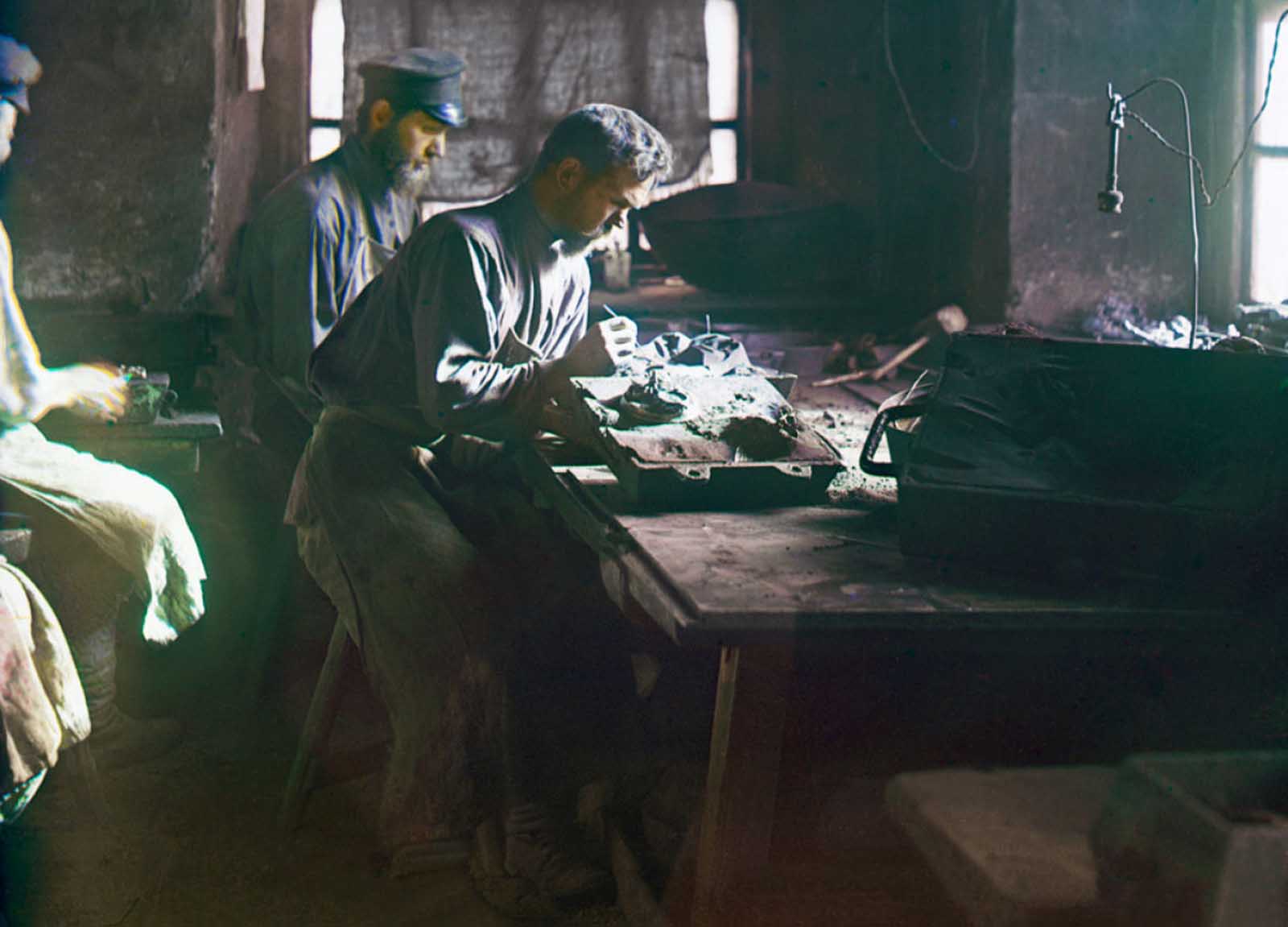
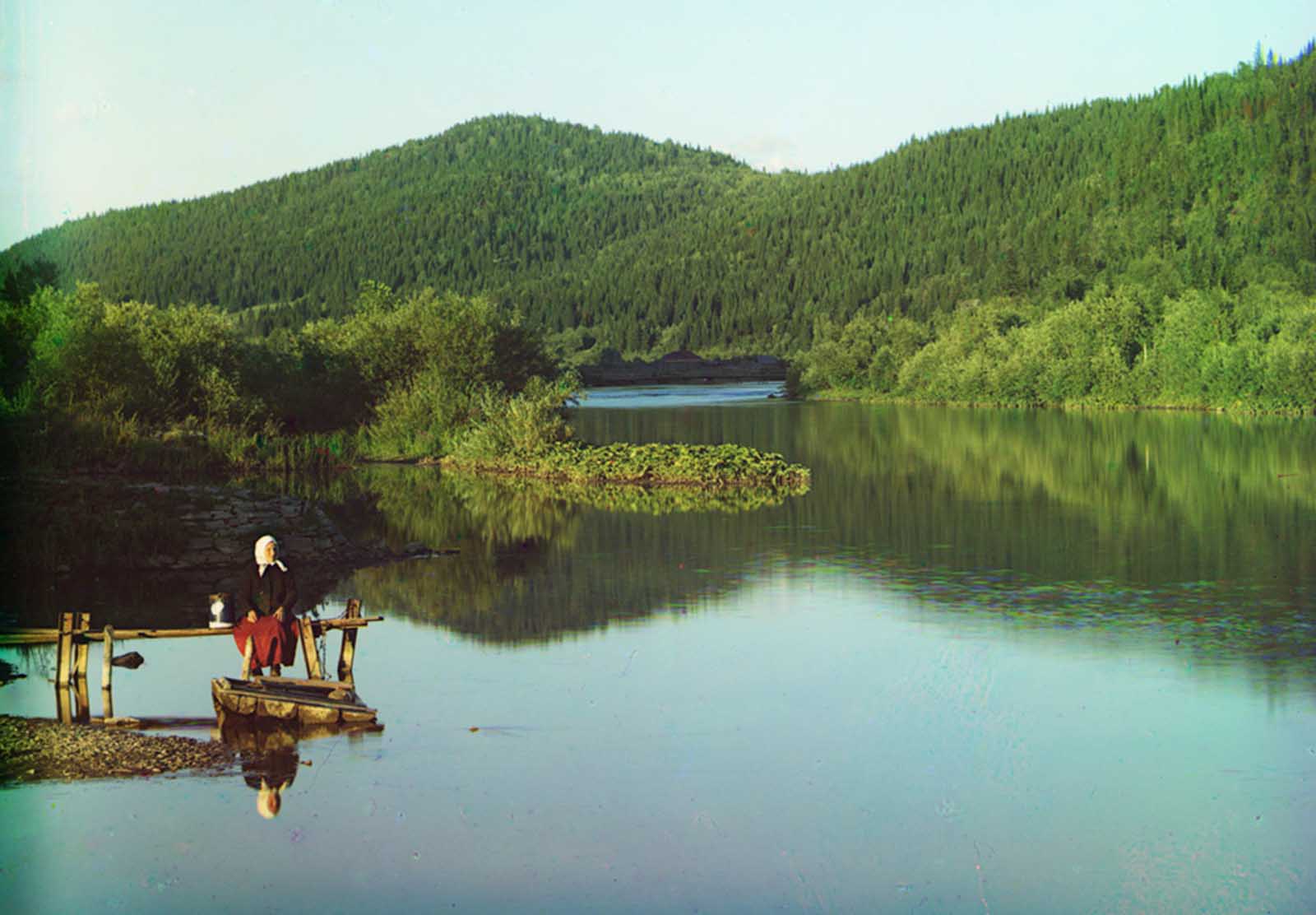
This method, based on the three-color principle, was first suggested by James Clerk Maxwell in the mid-1800s but had not been successfully implemented until Prokudin-Gorsky’s time. The use of red, green, and blue filters allowed the photographer to simulate the way the human eye perceives color. This technique, combined with Prokudin-Gorsky’s keen artistic eye, resulted in a collection of images that feel remarkably modern and offer a rare and vivid portrayal of Russia’s past.
Video
Watch the video The Russian Revolution and explore the key events and impact of this pivotal moment in history.
Exploring the Russian Empire: Key Themes in Prokudin-Gorsky’s Work

Prokudin-Gorsky’s photographic journey took him across the vast expanses of the Russian Empire, documenting everything from the grandiose palaces and churches to the industrial landscapes and rural communities. His photos show the evolving face of the empire, from its urban centers to remote corners of the land.
One of the most striking aspects of Prokudin-Gorsky’s work is the way it captures the beauty and diversity of Russian architecture. He photographed ornate cathedrals, ancient monasteries, and the imposing structures of industrialization. These images provide a window into an empire that was both ancient and modern, steeped in tradition while also moving toward a new, industrial future.
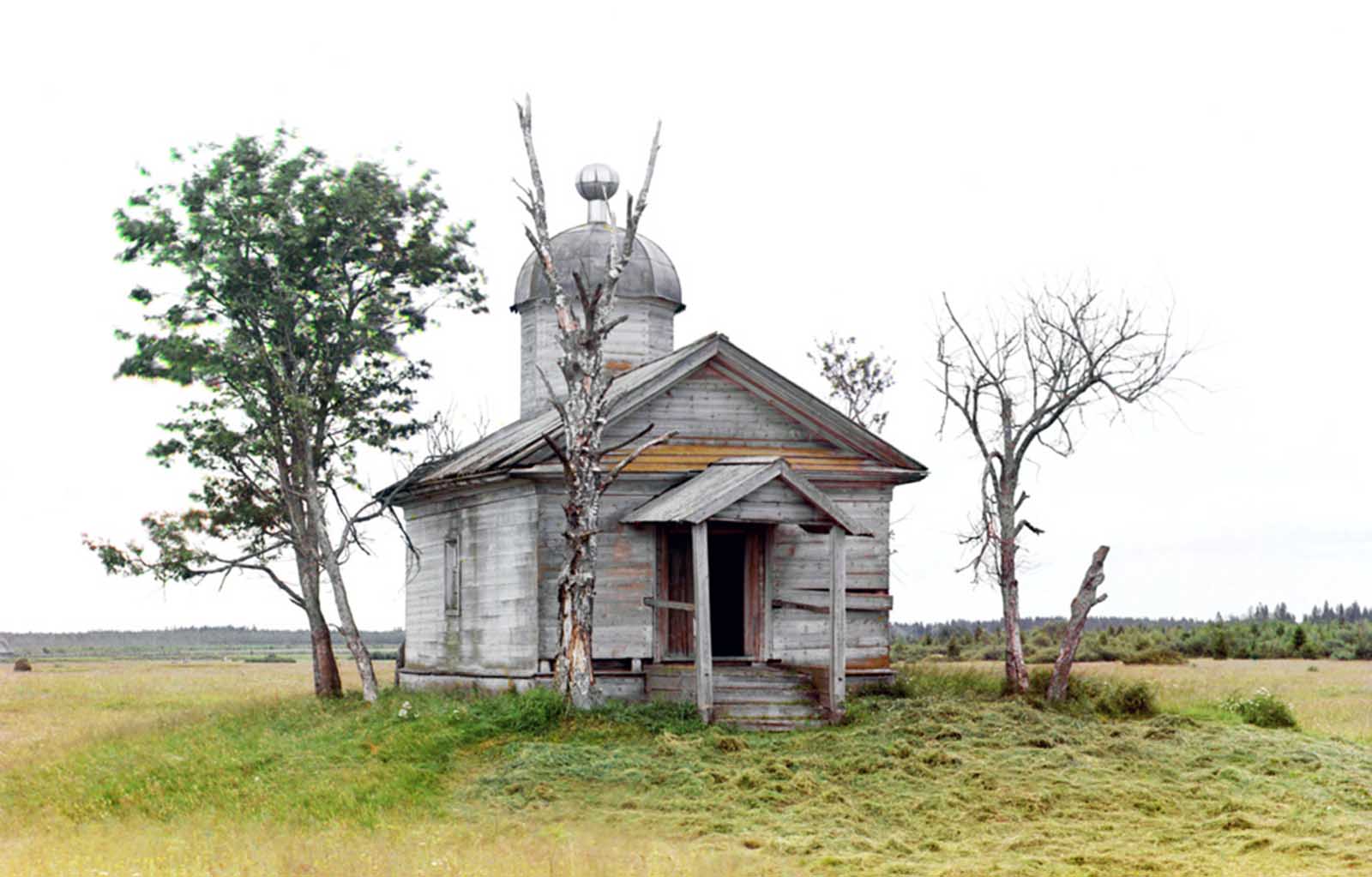
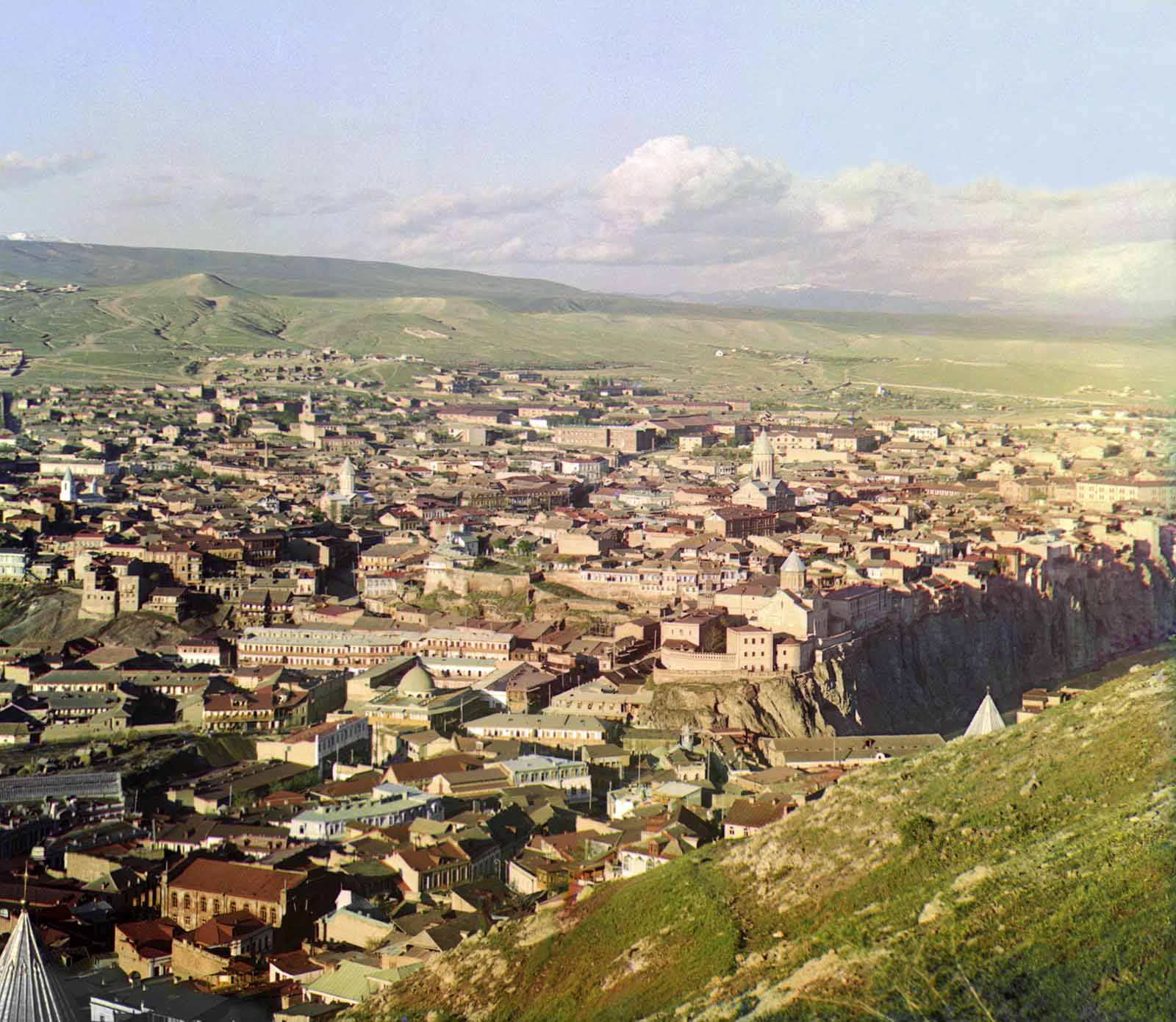
Life in the Russian Empire: The Diversity of Its People
Prokudin-Gorsky’s photographs also offer a rare and invaluable glimpse into the lives of ordinary people in the Russian Empire. His images include portraits of peasants, soldiers, scholars, and artisans, often in their traditional clothing, reflecting the deep cultural diversity of the empire. Whether it’s an Armenian woman in her national costume, a shepherd boy by the river, or the faces of children in the streets of Samarkand, these photographs capture a wide spectrum of ethnicities and traditions, showcasing the empire’s vast social and cultural fabric.

His images were more than just documentation; they were a way of preserving the identities and cultures of the many peoples who lived within the empire’s borders, many of whom were soon to experience radical changes with the outbreak of the Russian Revolution in 1917.
The Lasting Legacy of Prokudin-Gorsky’s Work
Prokudin-Gorsky’s photographs were not just an artistic endeavor but a vital historical record. After the revolution, much of his work was hidden, and some negatives were even confiscated by Russian authorities. However, in 1948, his surviving collection was purchased by the Library of Congress in the United States, where it was carefully preserved and cataloged. This acquisition allowed Prokudin-Gorsky’s work to be shared with the world, giving future generations access to a glimpse of a lost empire.
Today, Prokudin-Gorsky’s photos are regarded as a treasure trove of historical significance. The high quality of the images, combined with the bright colors, makes it almost impossible to believe that they were taken more than a century ago. These images not only provide insight into the Russian Empire but also serve as a poignant reminder of a time long gone.
Famous Images and Hidden Gems: The Best Photos from the Collection
Among the most famous images in Prokudin-Gorsky’s collection are his portraits of the people of the empire. The photographs of Isfandiyar Jurji Bahadur, the Khan of Khorezm, and Emir Seyyid Mir Mohammed Alim Khan of Bukhara are particularly striking, as they present these powerful rulers in full regalia, offering a glimpse into the world of Central Asian royalty under Russian protection.
Equally fascinating are the everyday scenes of life across the empire, from the bustling streets of Tiflis (modern-day Tbilisi) to the rural landscapes of the Ural Mountains. Prokudin-Gorsky’s photos of workers at Kasli Iron Works in the Ural Mountains or the construction of hydroelectric stations in Turkmenistan reveal the industrial side of the empire, showing its technological aspirations as it moved into the modern age.
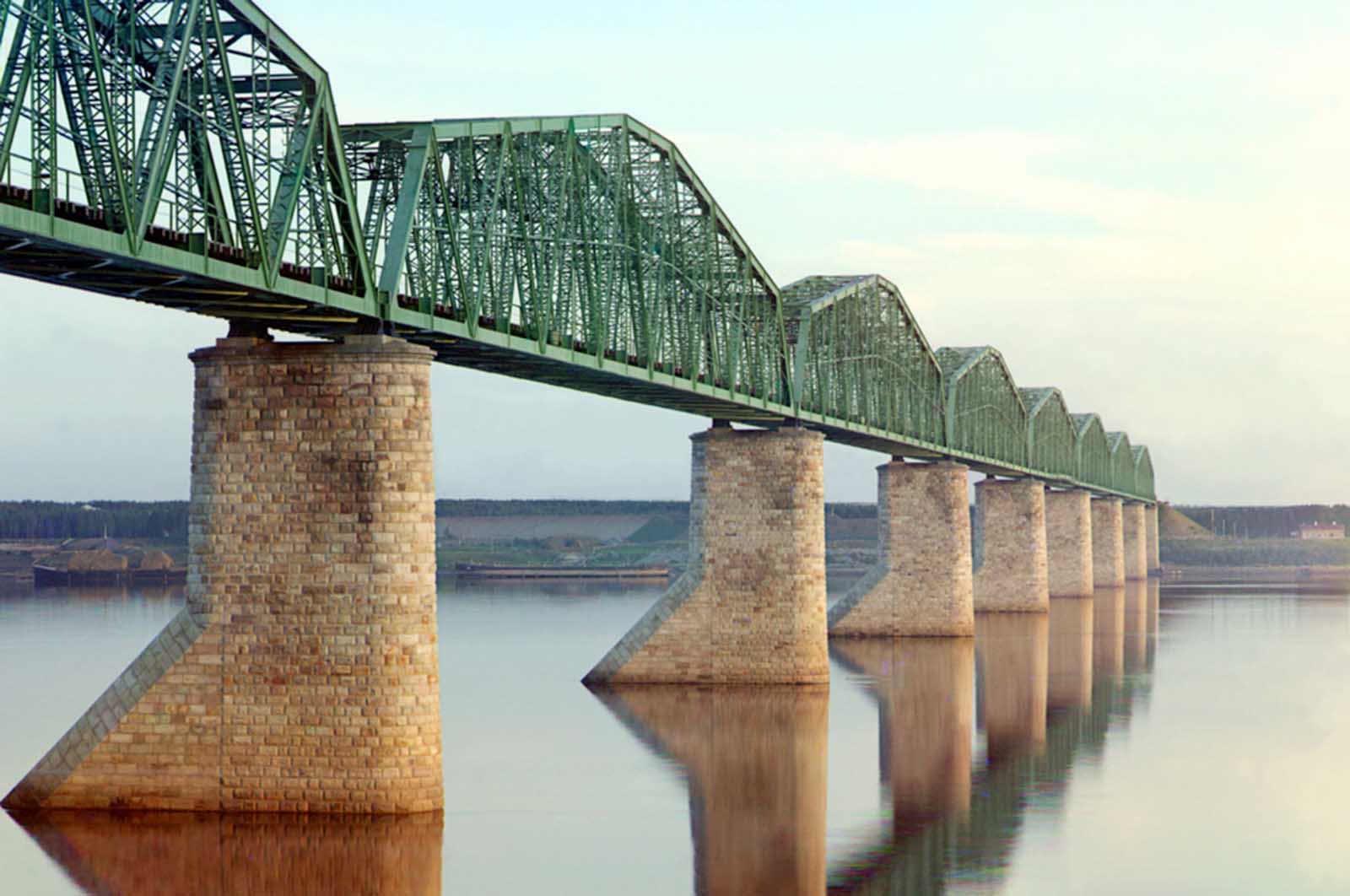


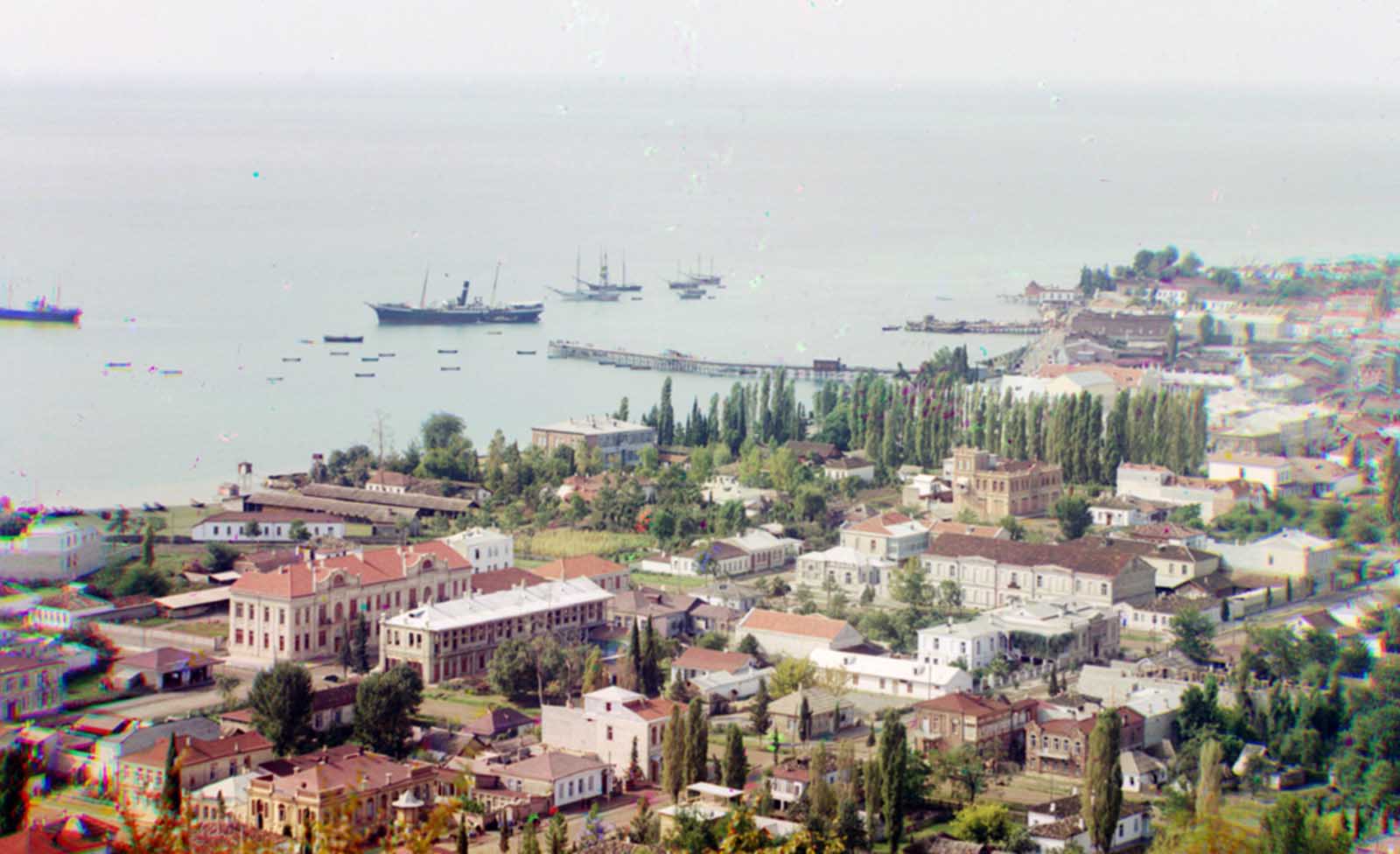
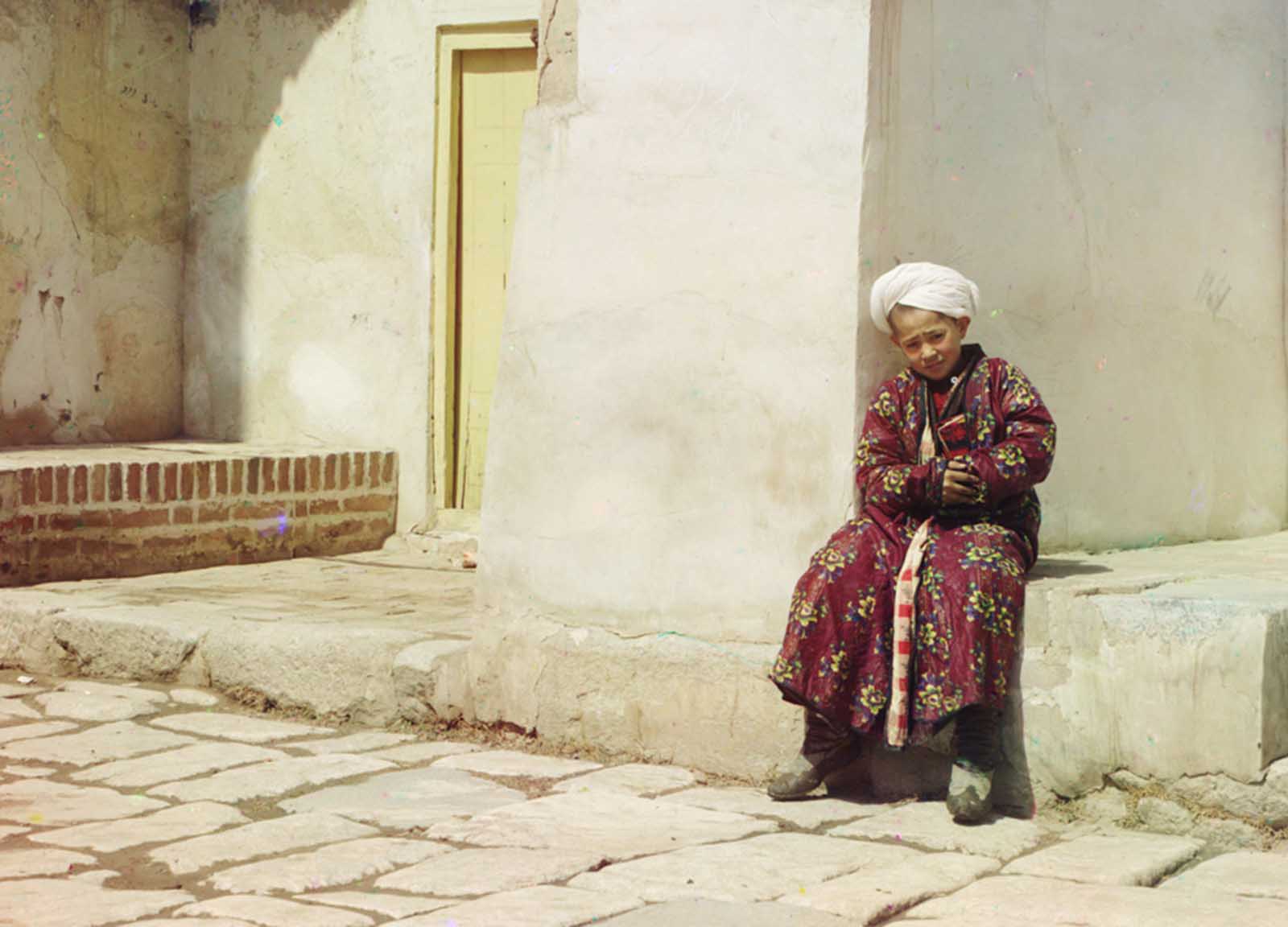
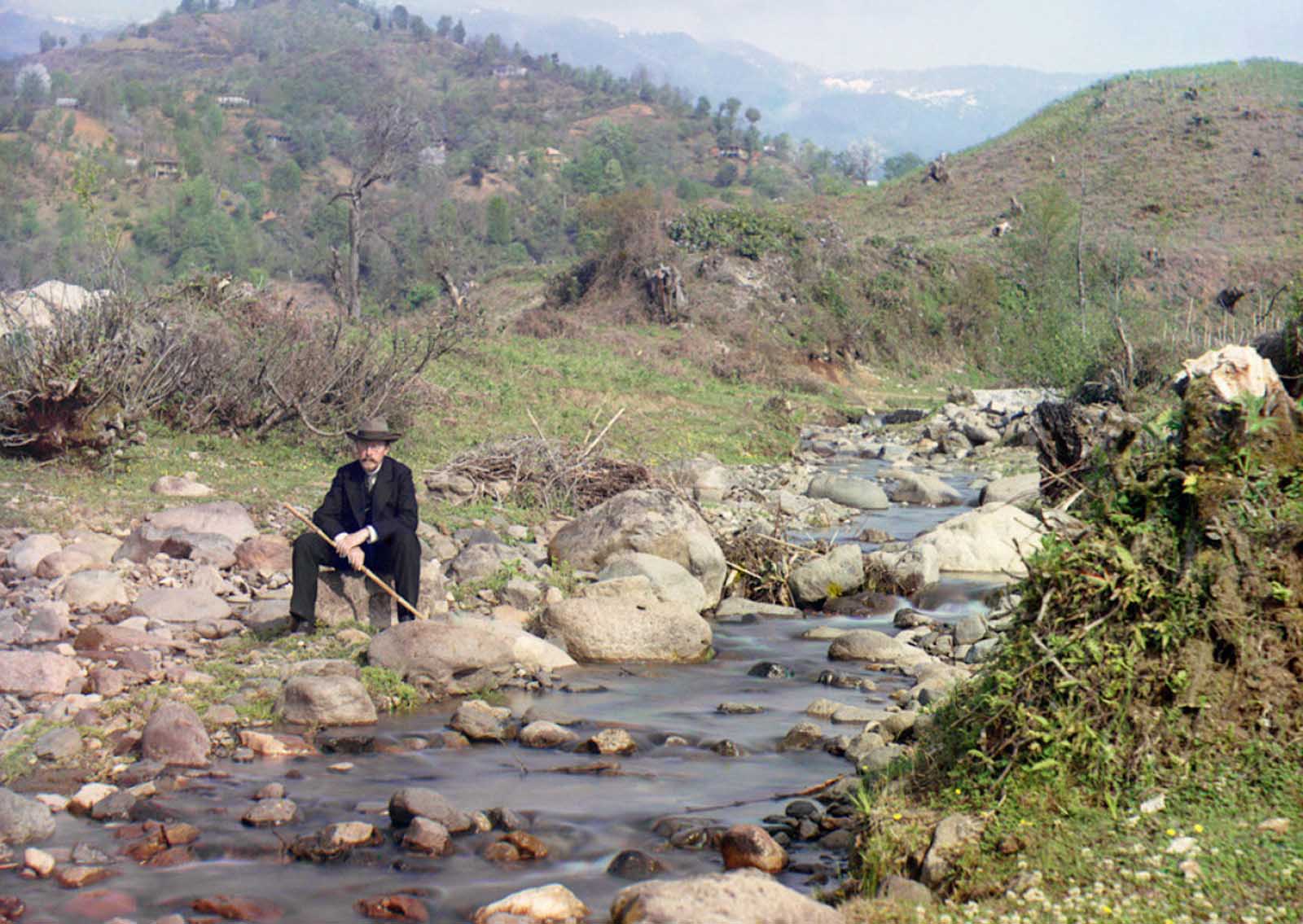

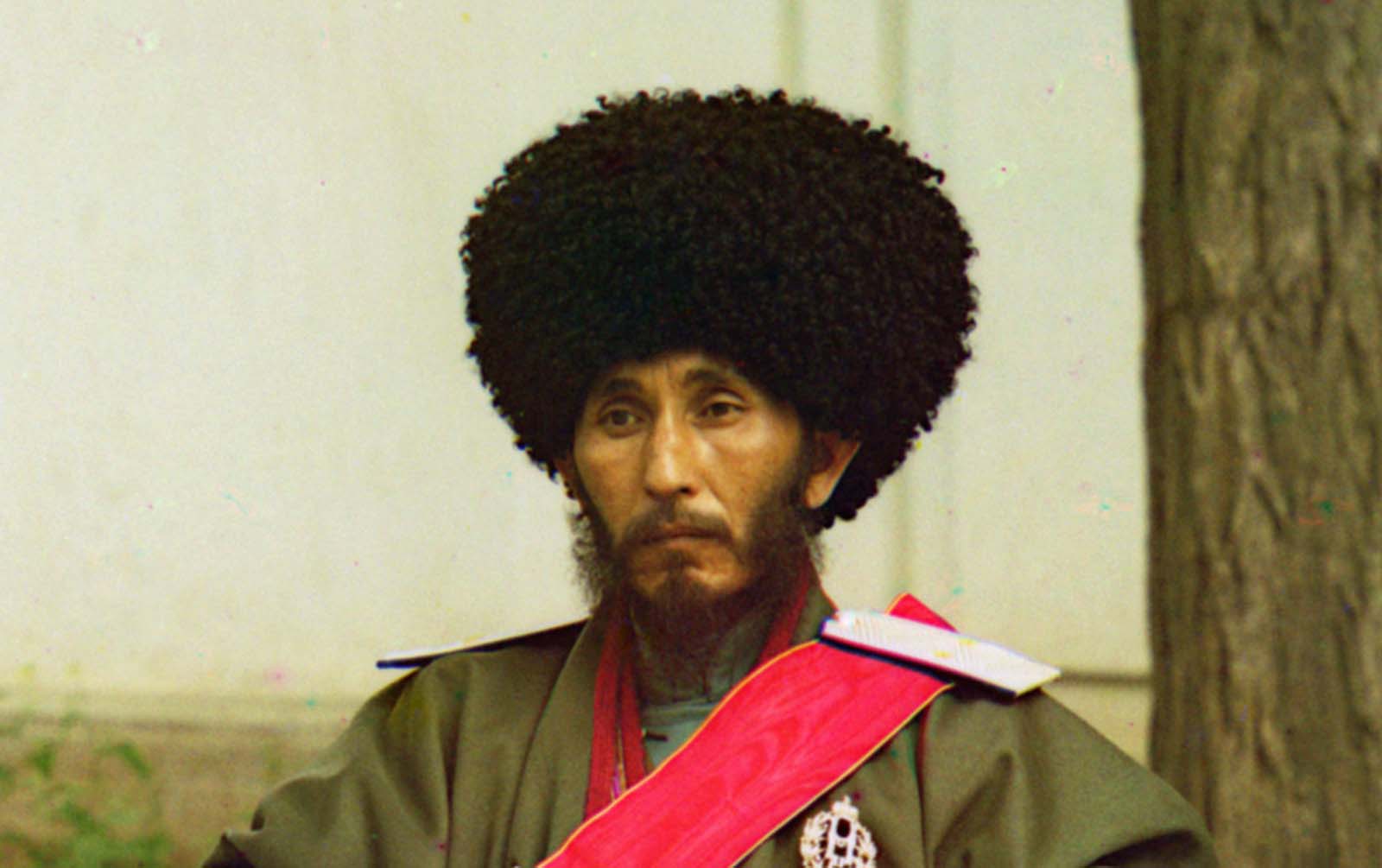
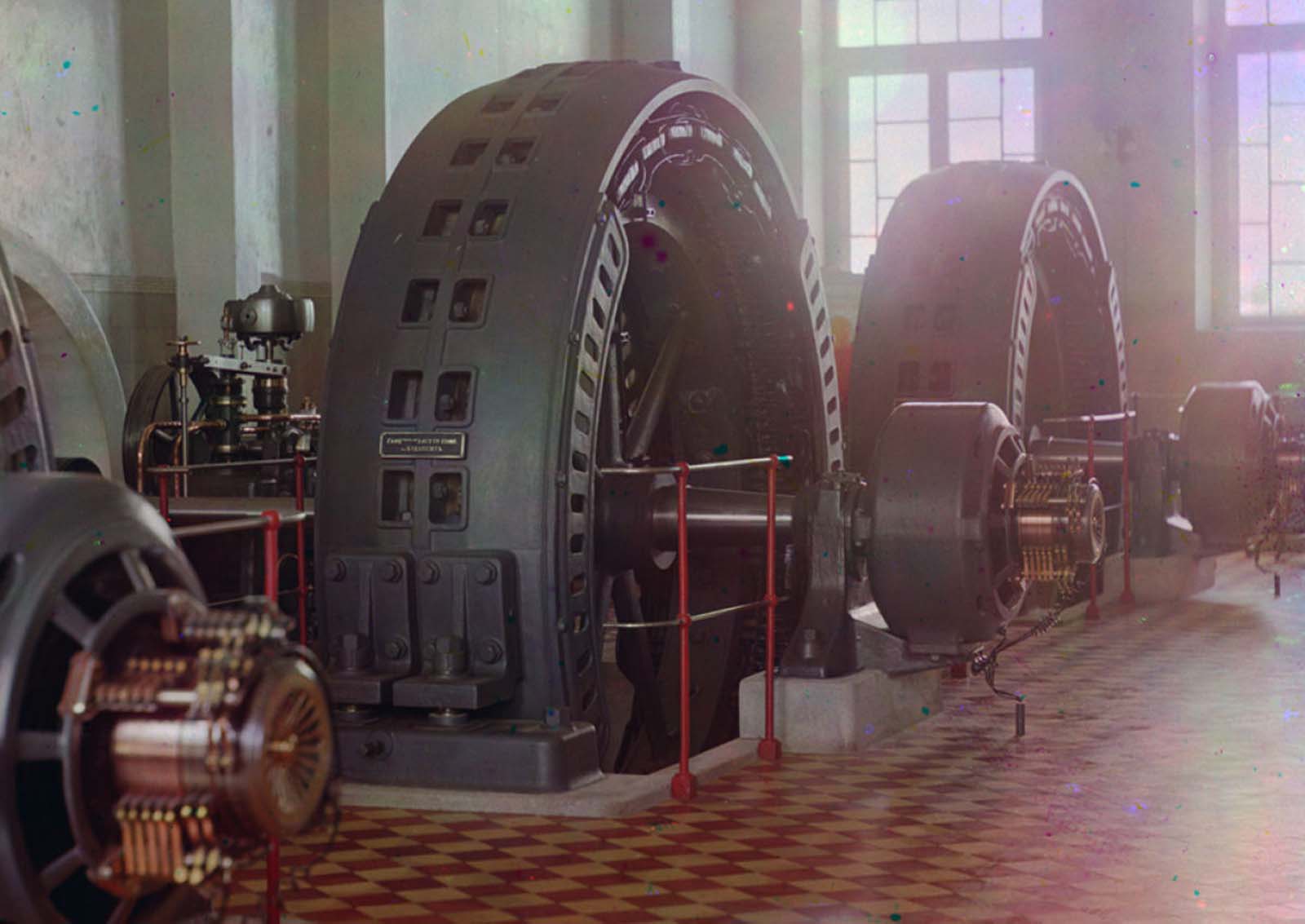


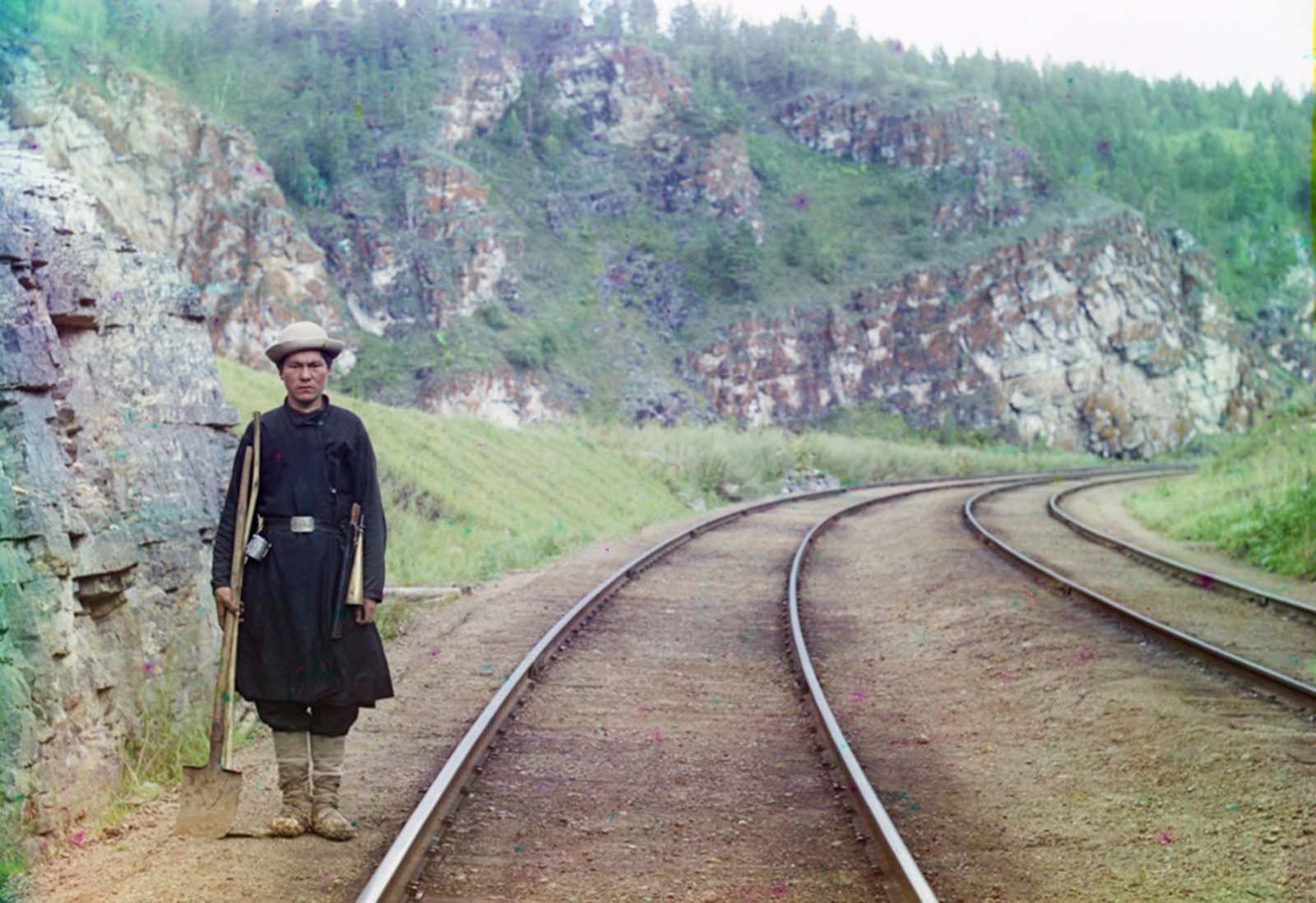
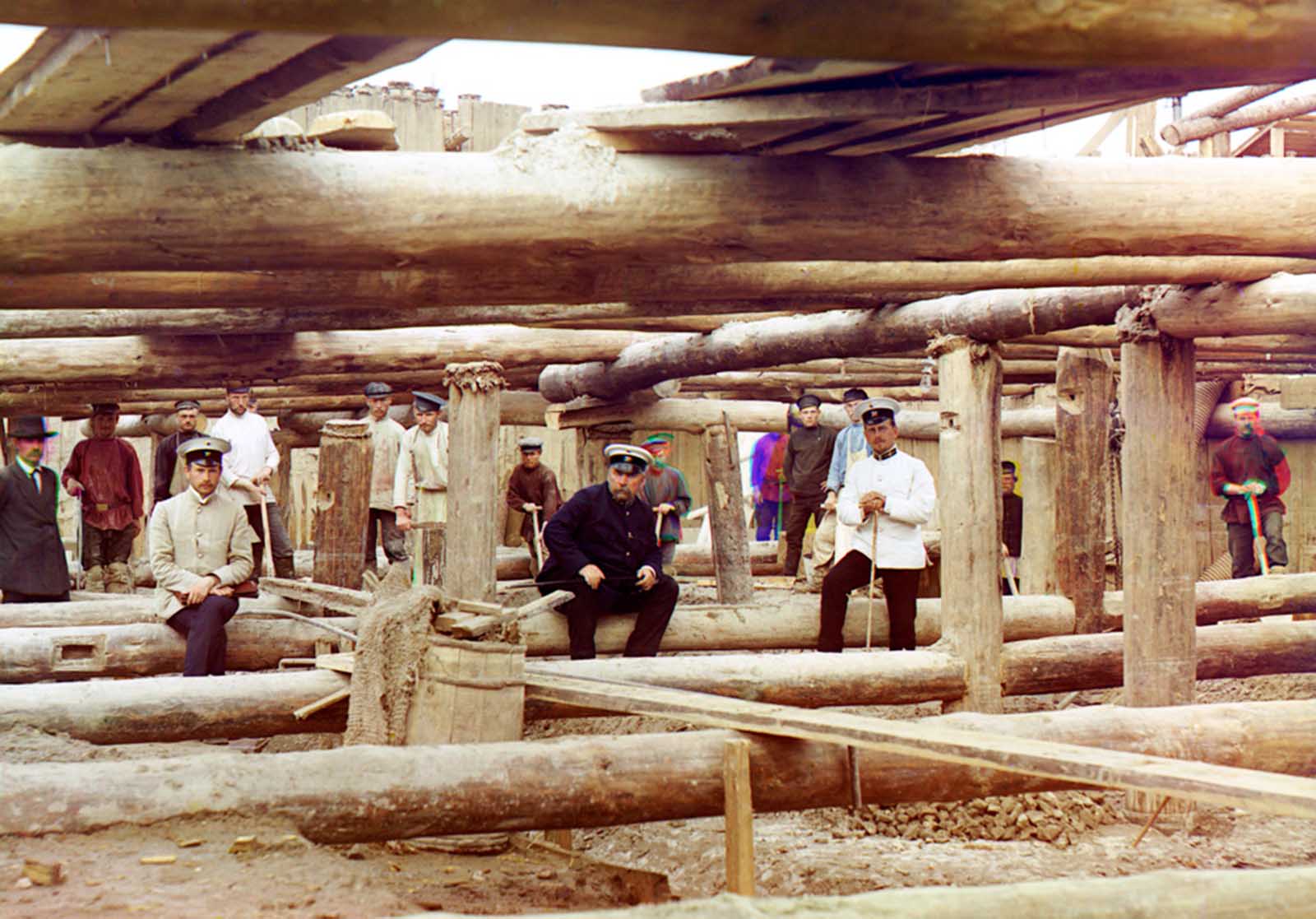

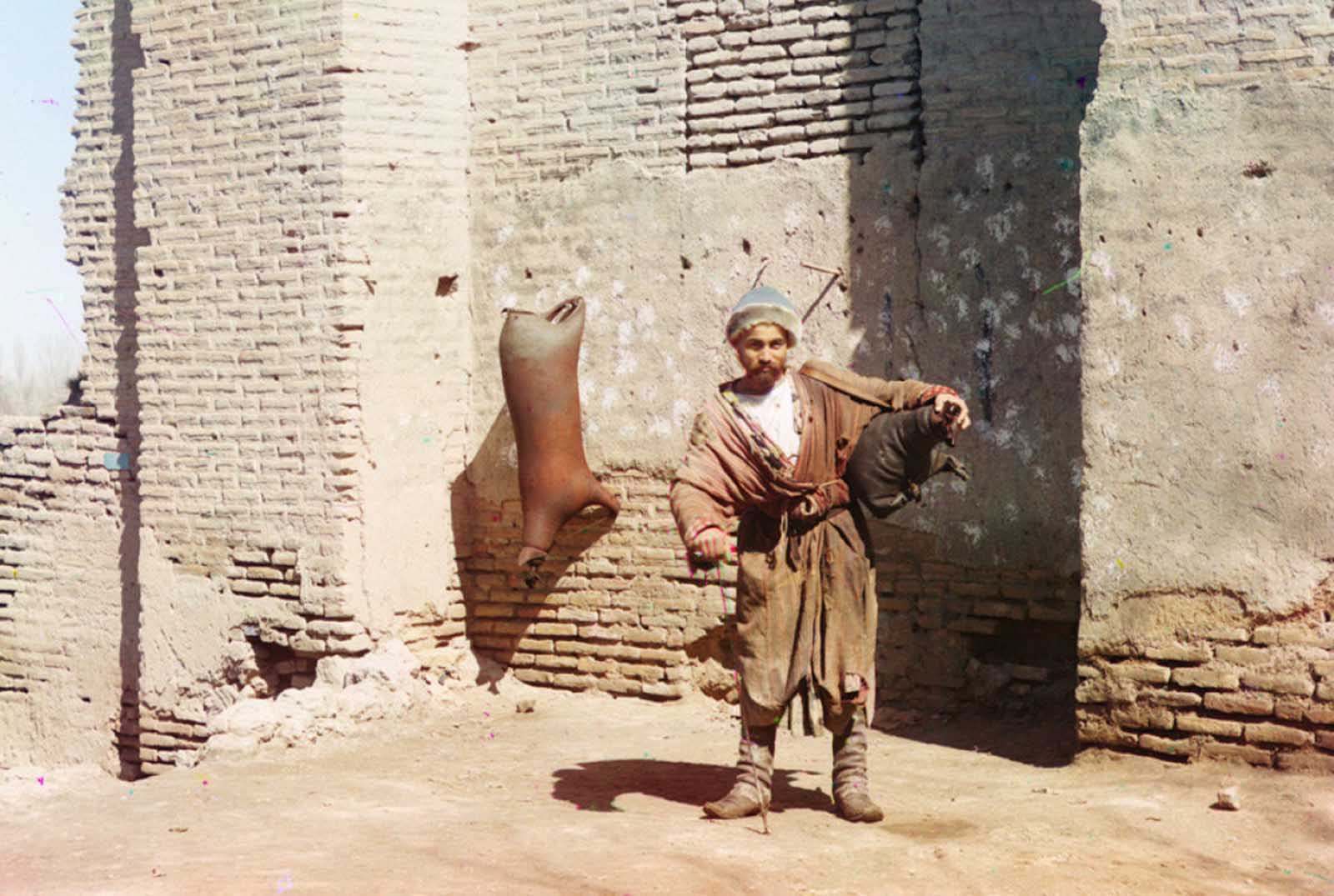
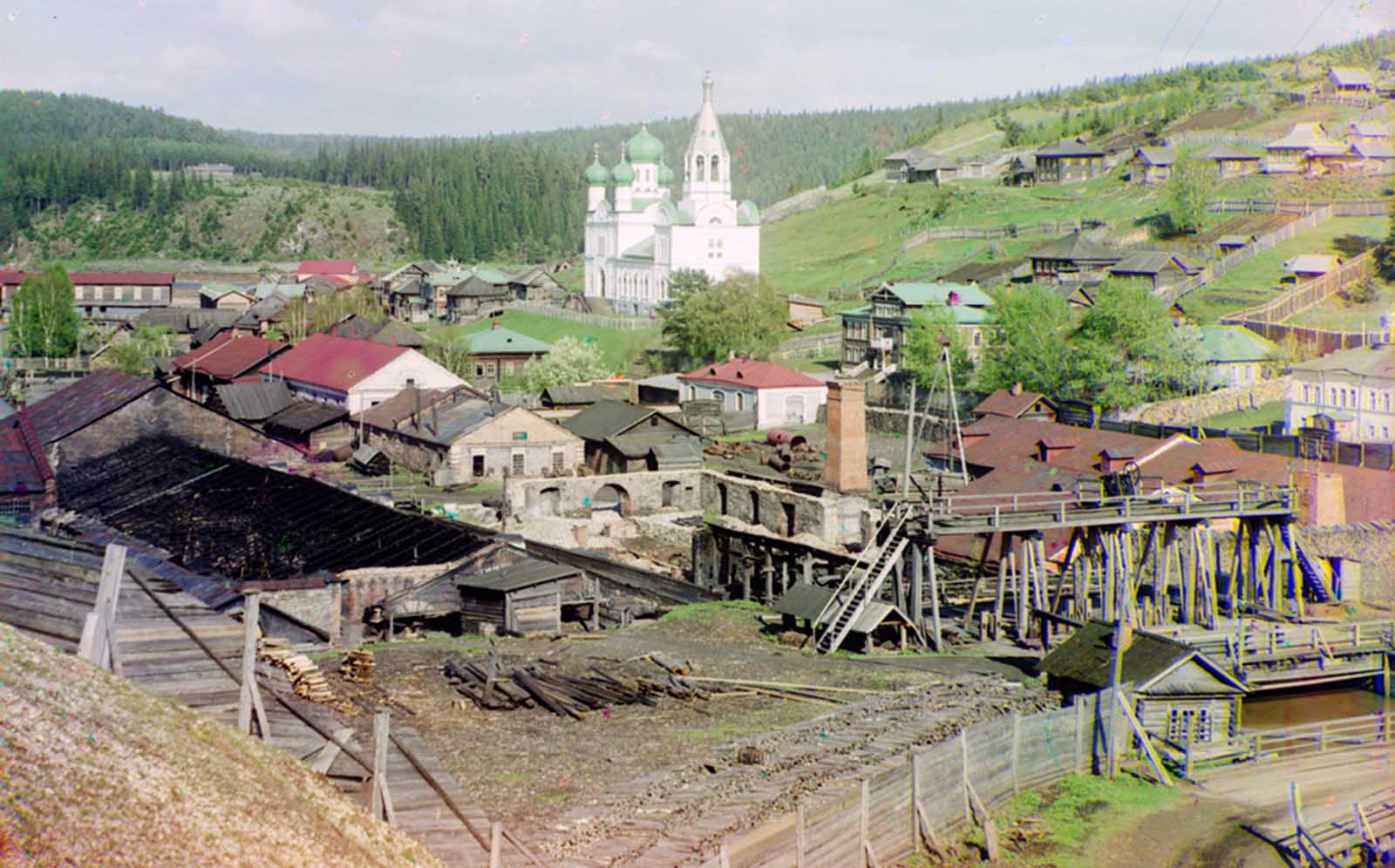



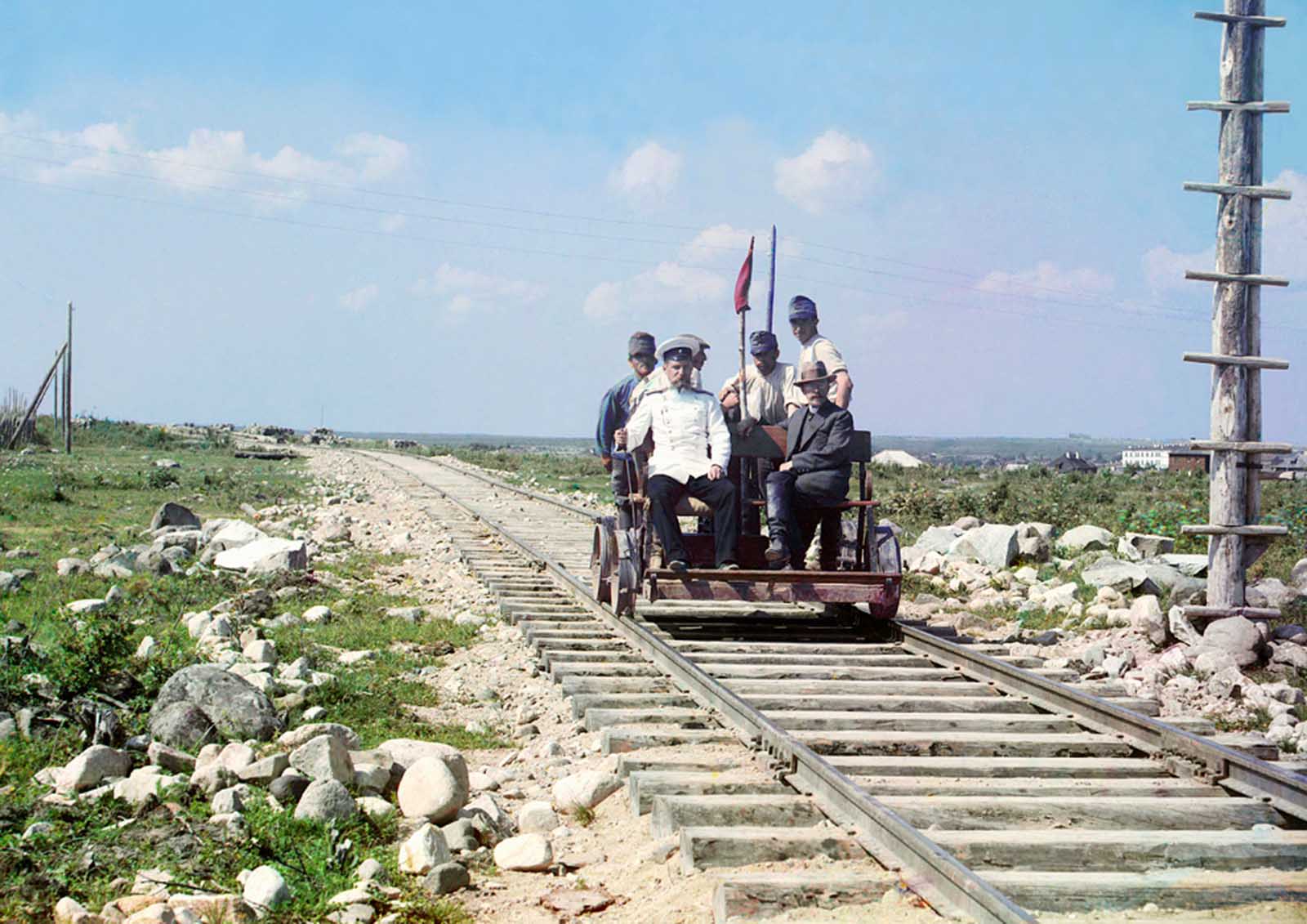
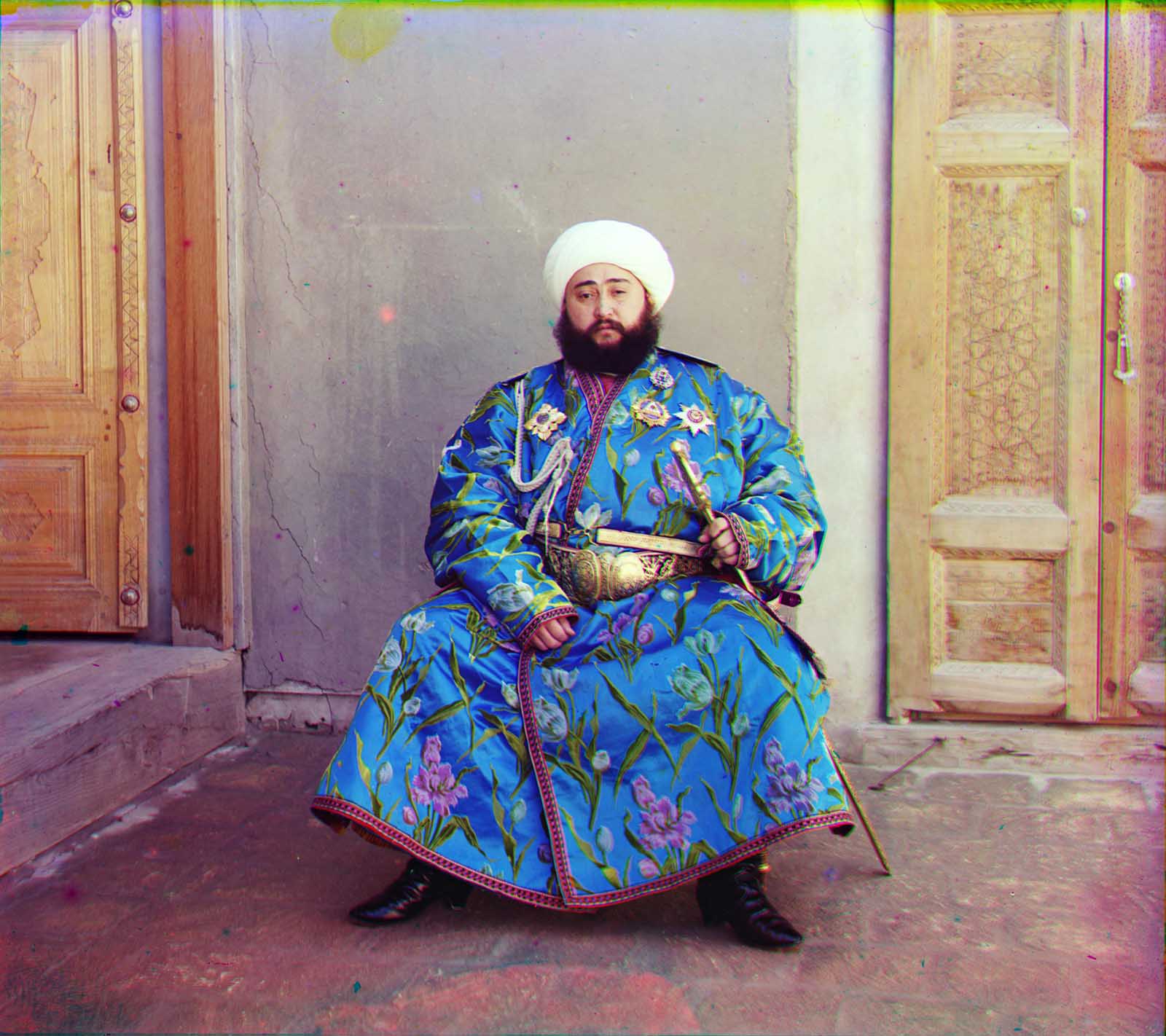
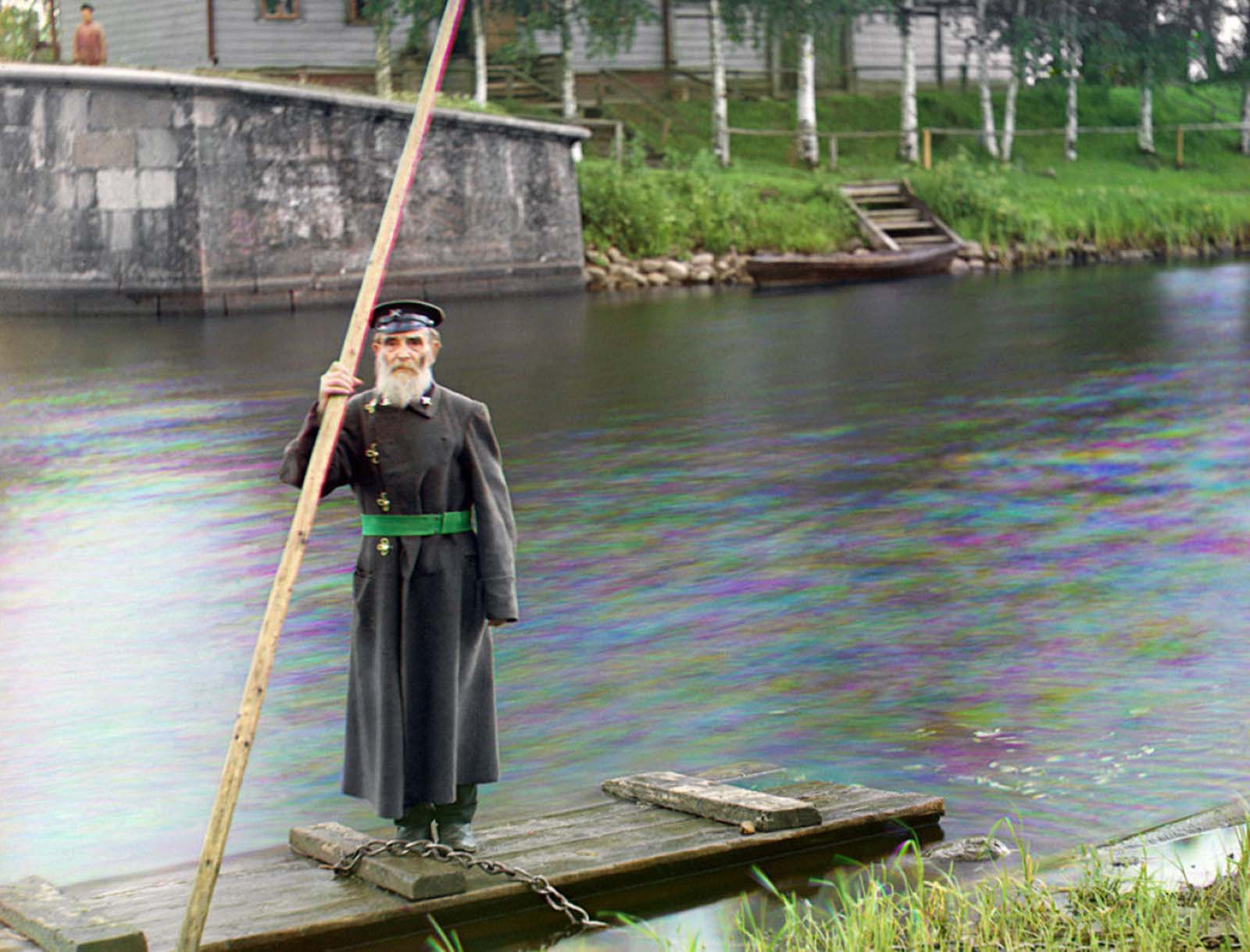
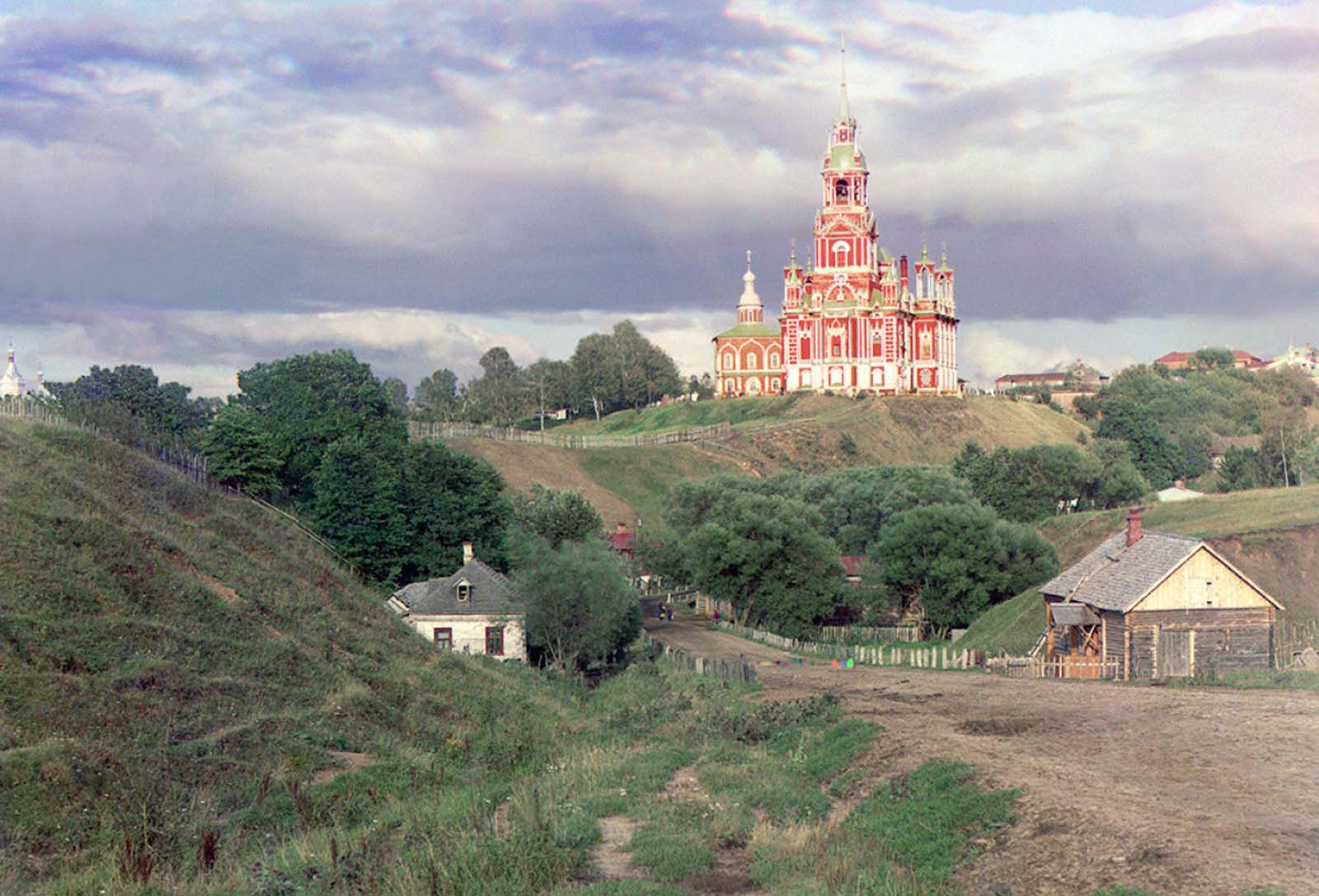
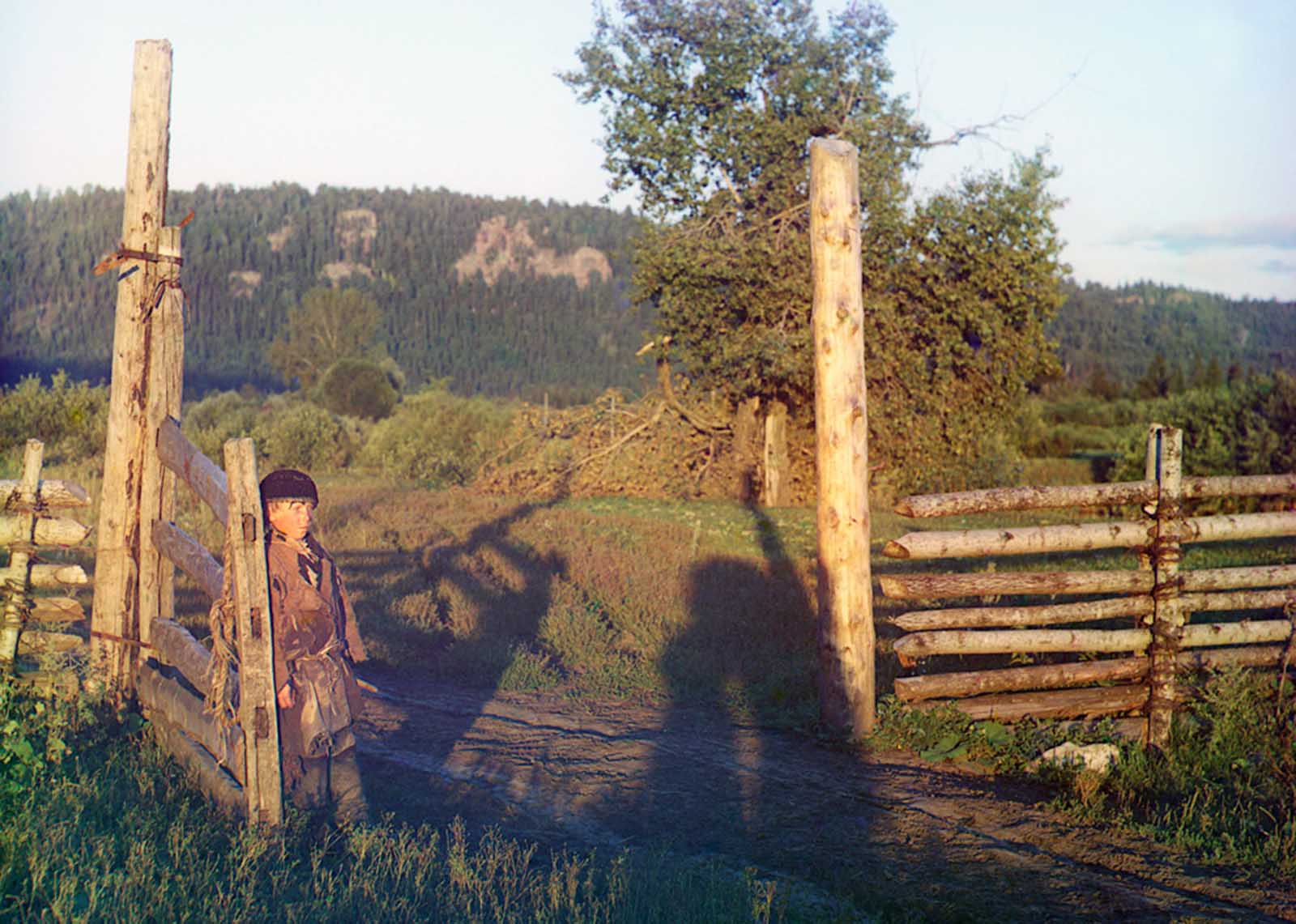

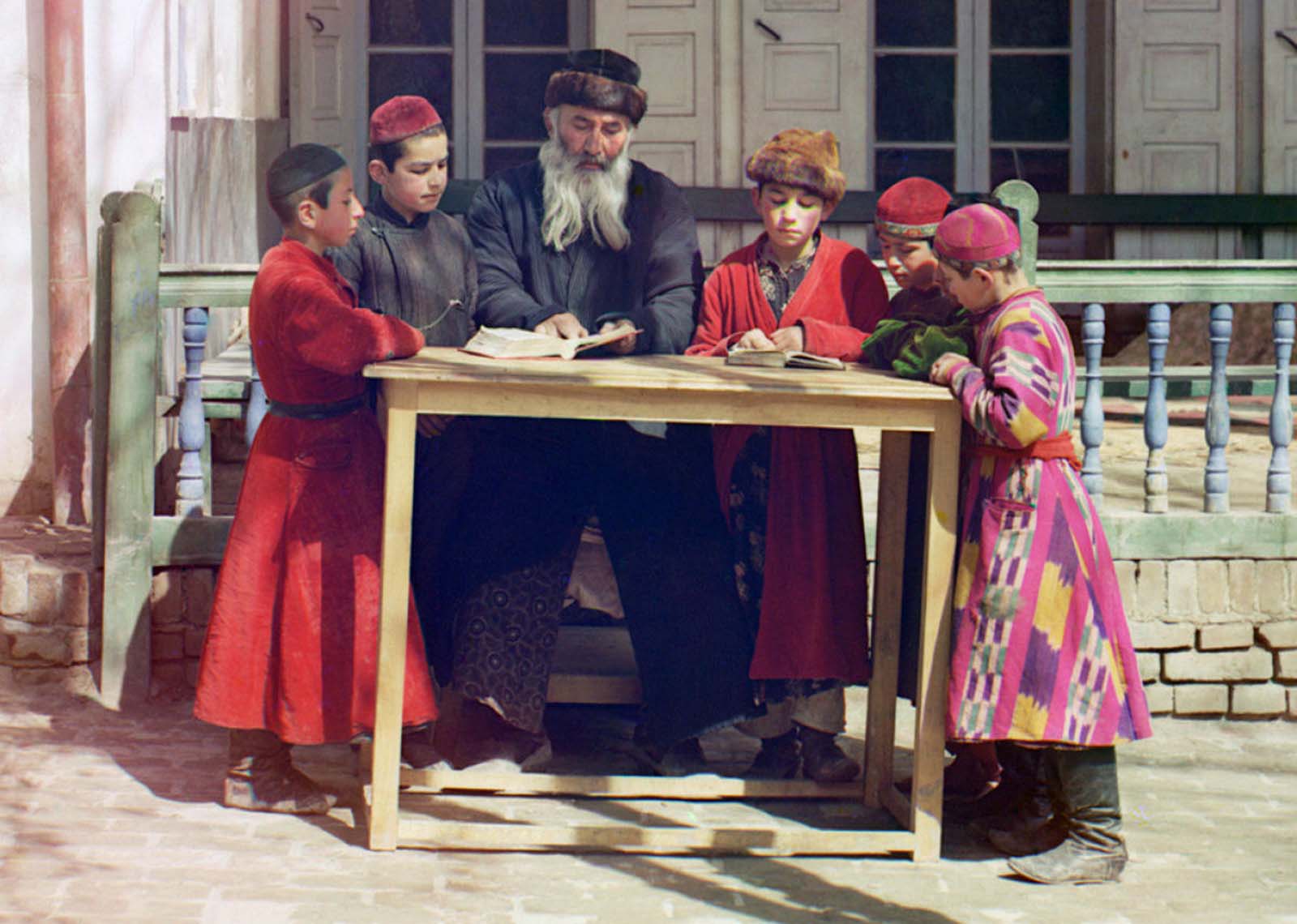
Challenges in Identifying and Authenticating Prokudin-Gorsky’s Photos
While Prokudin-Gorsky’s photographs are widely admired, identifying and authenticating them remains a challenge. Many of the images were taken in remote locations, and some of the places and people depicted in the photographs are not well-documented. As a result, researchers and historians have had to rely on clues within the photographs themselves, such as architectural features, clothing, and even the landscapes, to pinpoint their locations and provide context.
The complexity of the Russian Empire’s vast territory and the political upheavals that followed the revolution have also made it difficult to fully understand and categorize Prokudin-Gorsky’s collection. However, ongoing research and technological advancements in image recognition are helping historians piece together the puzzle of his work.
Video
Watch History of Russia – Rurik to Revolution and dive deep into the fascinating history of Russia from its origins to the revolutionary period.
Conclusion: Preserving the Russian Empire Through Prokudin-Gorsky’s Lens
Prokudin-Gorsky’s color photographs offer a rare and invaluable glimpse into the Russian Empire at a pivotal moment in history. His images not only preserve the empire’s diverse people and cultures but also document the rapid changes that were taking place in the early 20th century. These photographs are not just a record of the past but a living testament to the empire’s rich history, providing a visual connection to a world that no longer exists.
Today, Prokudin-Gorsky’s photographs serve as a bridge between the past and the present, allowing us to see Russia as it was more than a century ago. As we continue to explore his work, we gain not only a deeper understanding of Russian history but also a greater appreciation for the technological and artistic advancements of the time. The collection remains a powerful reminder of the power of photography to preserve history and tell stories that might otherwise have been lost.

